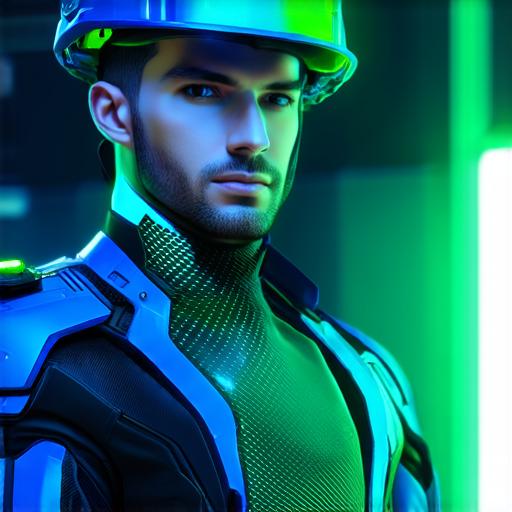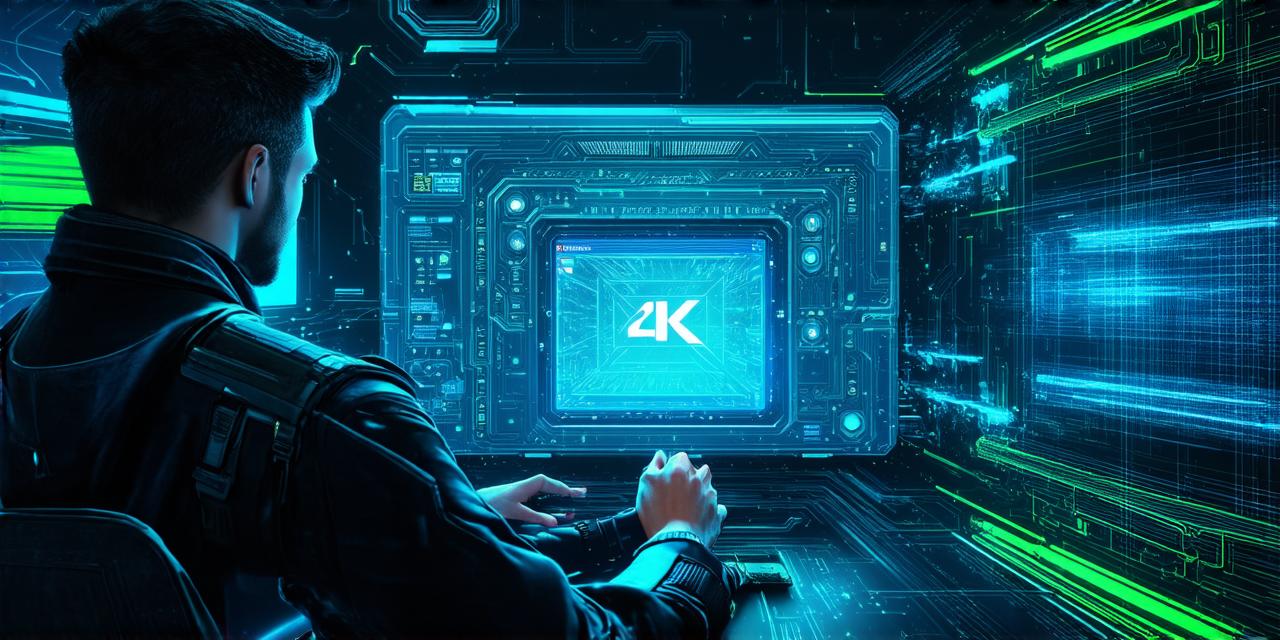Introduction:
Unreal Engine is a powerful game engine that allows developers to create immersive experiences in virtual reality (VR), augmented reality (AR), and 2D games. One of the key features of Unreal Engine is its blueprint system, which enables visual programming without requiring any coding knowledge. In this article, we will explore some tips and tricks for using Unreal Engine blueprints to create engaging and interactive experiences.
Understanding Blueprints:
Blueprints are a visual representation of code in Unreal Engine. They consist of nodes that represent functions, variables, and control structures. Blueprints can be used to create complex game logic without the need for any coding knowledge. By dragging and dropping nodes onto a canvas, developers can create custom behavior and functionality.
Tip 1: Start with Basic Blueprints
When working with Unreal Engine blueprints, it’s essential to start with basic concepts before moving on to more advanced features. For example, if you’re new to blueprint programming, it’s a good idea to start with simple blueprints like moving objects or changing the color of an object. Once you have a solid understanding of these concepts, you can move on to more complex blueprints like AI and networked play.
Tip 2: Use Custom Nodes
Unreal Engine provides a wide range of built-in nodes that can be used to create various game logic. However, sometimes you may need custom nodes to achieve the desired behavior. By creating your custom nodes, you can reuse them across multiple blueprints and save time in the long run. To create a custom node, right-click on the blueprint canvas and select "Create Node."
Tip 3: Organize Your Blueprints
As your project grows more complex, it becomes essential to organize your blueprints for better readability and maintainability. One way to do this is by grouping related nodes together under a common category. For example, you could create a category for movement-related nodes or AI-related nodes. This will help you find specific nodes quickly and easily when needed.
Tip 4: Debug Your Blueprints
Debugging is an essential part of any programming process, and Unreal Engine blueprints are no exception. When your blueprint logic doesn’t work as expected, it’s crucial to identify the source of the problem. To do this, you can use the debugger in Unreal Engine, which allows you to step through your code line by line and view variable values. You can also use the built-in print statements in your blueprints to output debugging information.

Tip 5: Use Blueprints for Prototyping
One of the most significant advantages of Unreal Engine blueprints is their ability to facilitate rapid prototyping. By using blueprints, you can quickly create and test new game mechanics without having to write any code. This allows you to iterate on your ideas more quickly and efficiently, ultimately leading to a better final product.
Tip 6: Collaborate with Your Team
Collaboration is critical in any development project, and Unreal Engine blueprints are no exception. By using blueprints
